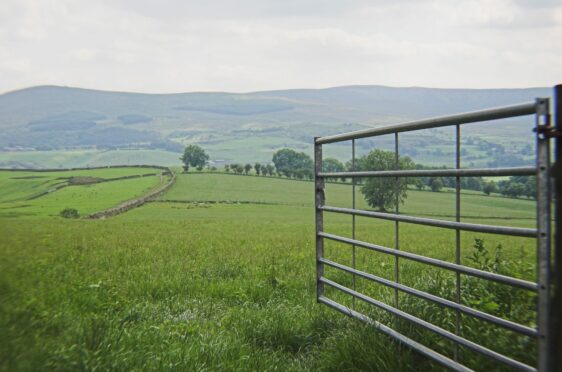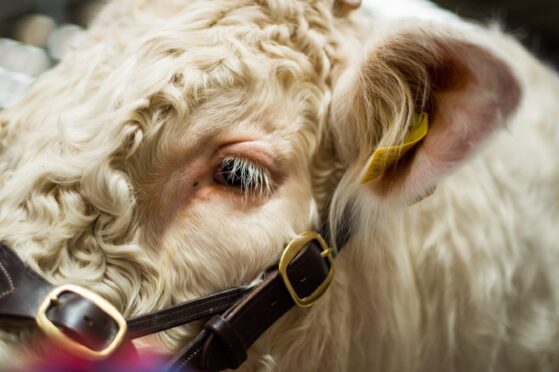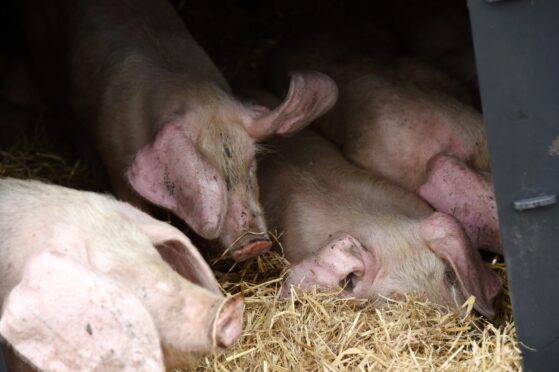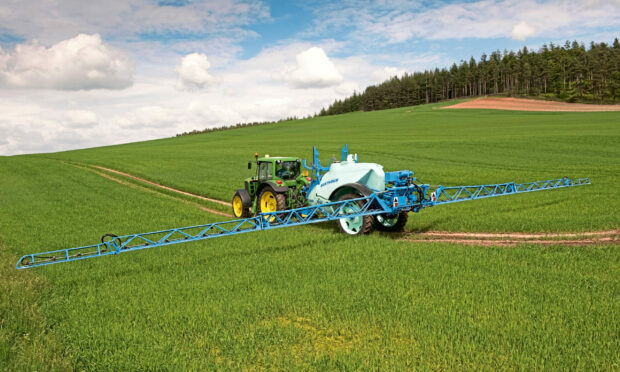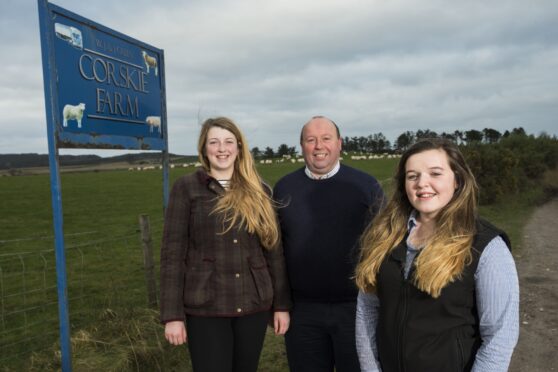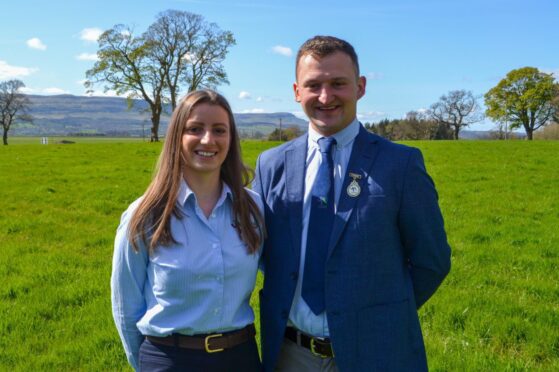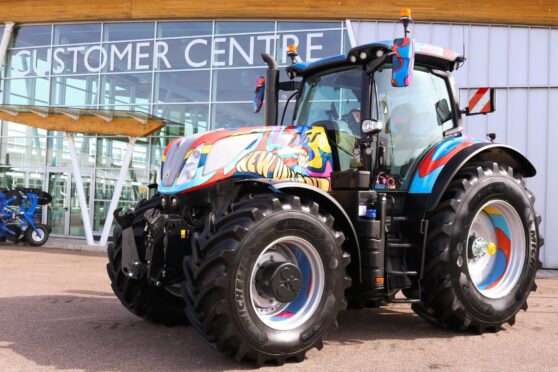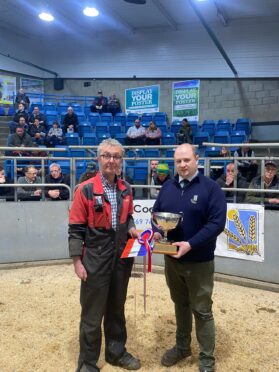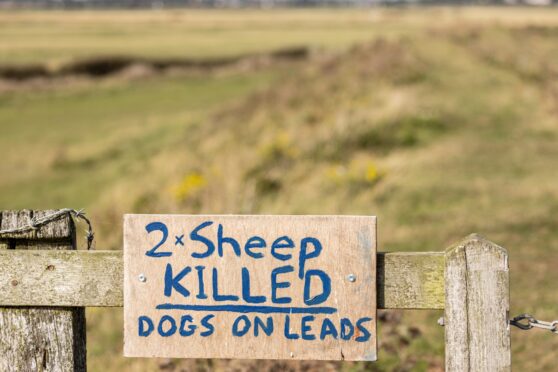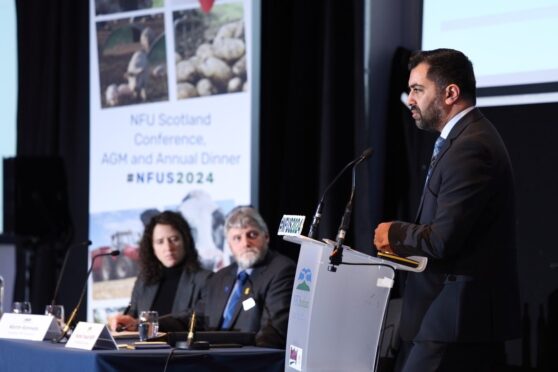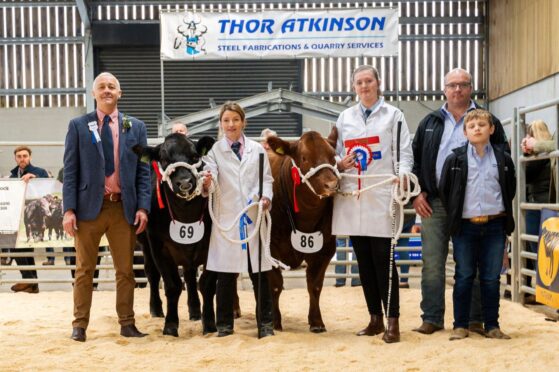New rules aimed at making it easier for Scottish businesses to borrow against its moveable assets could prove a “game changer” for farmers, according to rural lawyer Lindsays.
The change comes as the Scottish Government’s Moveable Transactions Bill has recently been granted Royal Assent, opening fresh avenues for rural enterprises to secure finance.
Speaking exclusively to the Press & Journal, the firm said the new law means values in the likes of machinery, livestock and tenancies could be used to borrow against for the first time in Scotland.
Chloe Shields, a senior solicitor in the rural team at Lindsays, said the law will allow farmers to support or even unlock their investment plans.
“Take tenant farmers as an example, because they do not own their holding, they cannot use its value as security for a loan,” said Ms Shields.
“The true value of their business is often held in the machinery and livestock that they own outright. But, until now, they have not been able to borrow against it.
“This opens that opportunity. That could mean the difference between a diversification project happening or not- or being able to invest in any new innovation that could futureproof or take the business to the next level.”
Ms Shields said there is also the potential for farming partnerships which might have traditionally found it challenging to secure finance.
The Bill is applicable to all types of businesses and it may mean that the value of wholly-owned machinery, equipment and livestock could be levered.
It is also designed to make it easier for firms to secure working capital against the value of invoices which are out for payment, which may bring payments including those for the likes of natural capital projects, contracting work and leases to energy or telecommunications companies into play.
Trademarks and patents can also be used.
“While these are early days – and we will have to see how lenders react – the options that the theory of this new law opens are incredibly broad,” added Ms Shields.
With owed invoices, businesses will be able to transfer the benefit of those payments to lenders for money up front so there is access to capital on the basis of the monies owed to them.
New law opens up ‘incredibly broad’ opportunities for farmers
There will be a registration process for some of the documents needed by lenders to take advantage of the changes to better grant security.
Gavin Buchan, a partner at Lindsays, said: “This is good news for Scottish businesses. It makes the process of being able to borrow against assets and income streams far simpler.
“The system as it was had far too many hurdles to overcome, ranging from difficult to impossible. This new Bill simplifies that.
“There will be companies with assets which they have not previously considered accessible. Mainstream banks and lenders will no doubt be pushing this as an angle to secure further funds for their business clients.”
